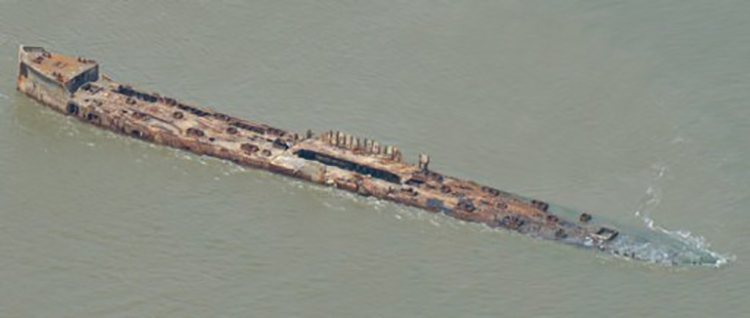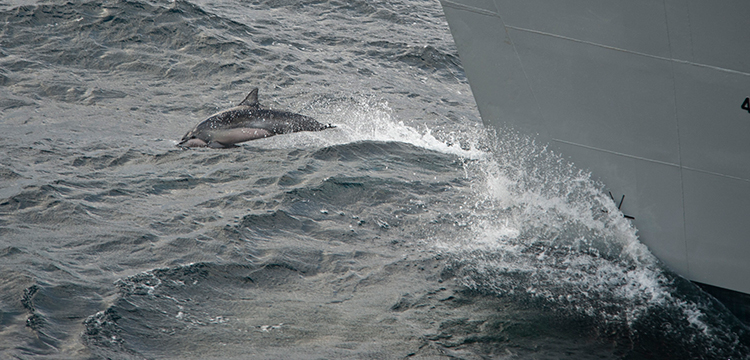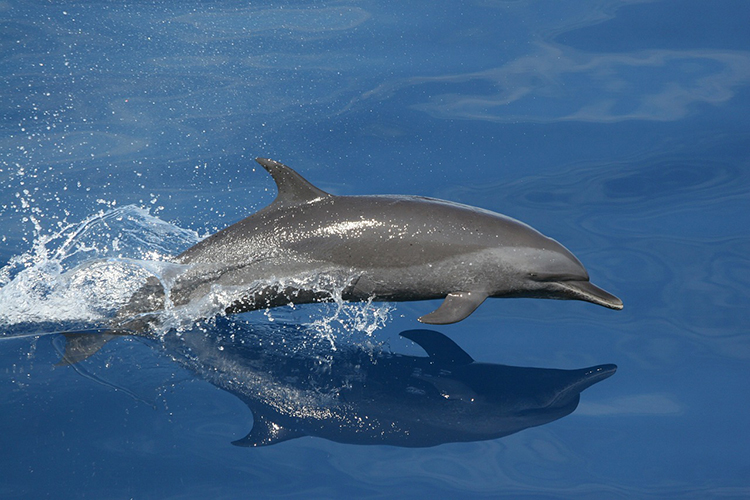Riding the ferry can be a free, fun and rewarding experience for all ages. There are a tremendous number of things to see during the trip: historical shipwrecks, lighthouses, forts, beaches, small water craft, and shipping traffic. There is also amazing wildlife, the 18 minute trip is a favorite for birdwatchers and dolphin lovers.
This article is about the trip, after you are already on board the ferry. If you would like to see information about the best ways to plan this trip, including getting on without waiting in line, please see The Best Way to Ride Free on the Galveston to Port Bolivar Ferry.
What To Bring
Optional: bottled water, camera (telephoto lens), binoculars.
Riding The Ferry
Front / Bow
If you walk to the front of the line of cars you can get a view of what is ahead. If there are any waves, you are almost assured to get splashed while up in front.
Back / Stern:
Walking to the back of the boat is a good place to feed seagulls. The back is also the most stable position if you are prone to seasickness. Keep your eyes on the horizon as much as you can as the motion of the horizon in relation to the ferry makes sense to your brain.
2nd Floor: Bathrooms / Observation Deck / Passenger Room:
Unfortunately the 2nd floor is not handicap accessible, and the stairs are very steep, be sure to hold the handrail. At the top of the stairs is an indoor passenger area with bench seats and two restrooms. Several doors lead out to the observation deck that wraps around the entire vessel.
Site Seeing During The Free Voyage

Galveston Ship Channel
If you look to the West (down on the map) you are looking right into the heart of the Port Of Galveston. You may see any or all of these things: Tall Ship Elisa Masts, Drilling Rig/Platform(s), Cruise Ships, Other Ships, Military Ships, Small Water Craft.
Seawolf Park
This is really easy to miss because there is so much going on the whole trip. Seawolf park is at the end of the land on the north side of the Galveston Ship Channel. If you look hard, you may see the destroyer and submarine they have there. The two vessels are on land, but are sunken into the earth like they are sitting in water. The pavilion at the park has interesting architecture also.
Shipping And Boating Traffic
Once you break out into the bay, look for shipping traffic near your route and the SS Selma, which will be the north side of the ferry. This area is one of the busiest in the world for seeing all manner of boats and ships. Every ferry trip will offer unique views of many commercial and personal watercraft. If your path happens to come close to a large ship, watch for porpoise.

SS Selma: Concrete Liberty Ship
Amazingly, during WWI, when steel was in short supply, some ships were built with concrete! The S.S. Selma (the SS stands for Steam Ship) is a tanker completed in 1919. Since making ships from concrete was something new, the Selma's construction utilized many experimental techniques that make her unique, among a class of very unique ships. The hull of the Selma is 5" on the bottom and tapers to 4" at the top of the sides, making her much thinner and lighter than other concrete ships. Periodically scientists and engineers have visited the Selma to study how well she has held up, weathering constant marine and weather exposure.
In 1920, the Selma struck a jetty in Tampico, Mexico, ripping a 60 foot hole in her hull. The ship was brought to Galveston for repair, but her unique and experimental construction worked against her. Unable to repair or sell the ship, it was decided to scuttle her. The Selma was laid to rest on March 9th, 1922, where she is now. The Selma can be viewed, at a distance, from Seawolf Park or from the Galveston to Port Bolivar Ferry.
Wildlife
The ferry trip is famous for bird watching. Birdwatchers can often see a ton of different species in only one trip across. Passengers are also often treated to aquatic displays from porpoise (dolphin).
Seagulls
Seagulls are in abundance all over the coast, and will often follow the ferry looking for a free meal. Should you wish to feed them, the most polite way is to work your way to the back of the ferry and throw food up to them there. From this position the flock of birds will be over water instead of other passengers or their cars. The Seagull is one of only a few birds that an use the bathroom while in flight.
Pelicans
Pelicans are also easy to spot. You will see a line of large grey birds that spend a lot of time gliding. Sometimes you get to see a spectacular show with these birds dive fishing. If so, watch that area for dolphin too.

Dolphin / Porpoise
Even if your not into ships, do watch them for dolphin. Although fairly slow moving, large vessels create a wave near the bow and stern. Dolphin love to play in the wave and will often be seen jumping up out of the water around these vessels at the front or back.
Lighthouse
You will be able to see the Port Bolivar Light House on land in front of the ferry. Positioned in the middle of the peninsula, the lighthouse was meant to lead captains to the Galveston Jetties and the entrance to the ship channels. The lighthouse was retired in 1933 and is not open to the public. During the 1900 and 1915 hurricanes many people took shelter in the interior steps.

Fort Travis
While not technically on the ferry route, it is very close to the Port Bolivar Ferry Landing. The park is less than 1.5 miles (30 min walking) from the ferry. There is very little shade on the road or at the park so I do not recommend walking from the ferry on a hot day. Remember you will still have the whole walk back and another ferry trip after spending time at the park. The park grounds are well maintained, and are open to the public (free). Large gun emplacements located here were the primary defense of the ship channel and during WWII 2500 men were stationed here.
The park features parking, restrooms with showers (cold water only), playground, picnic areas, and the historical site, including bunkers.
Bolivar Beaches
The beaches on the Bolivar Peninsula allow automobile traffic and camping. Drive right up to the water and enjoy the beach. Bolivar beach parking stickers are currently $10.
